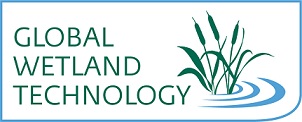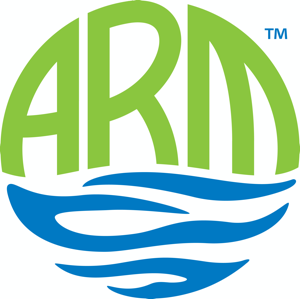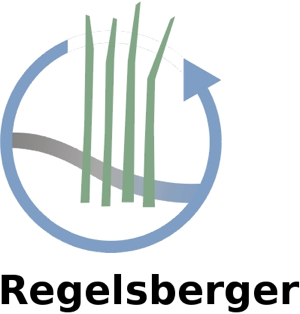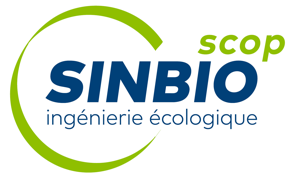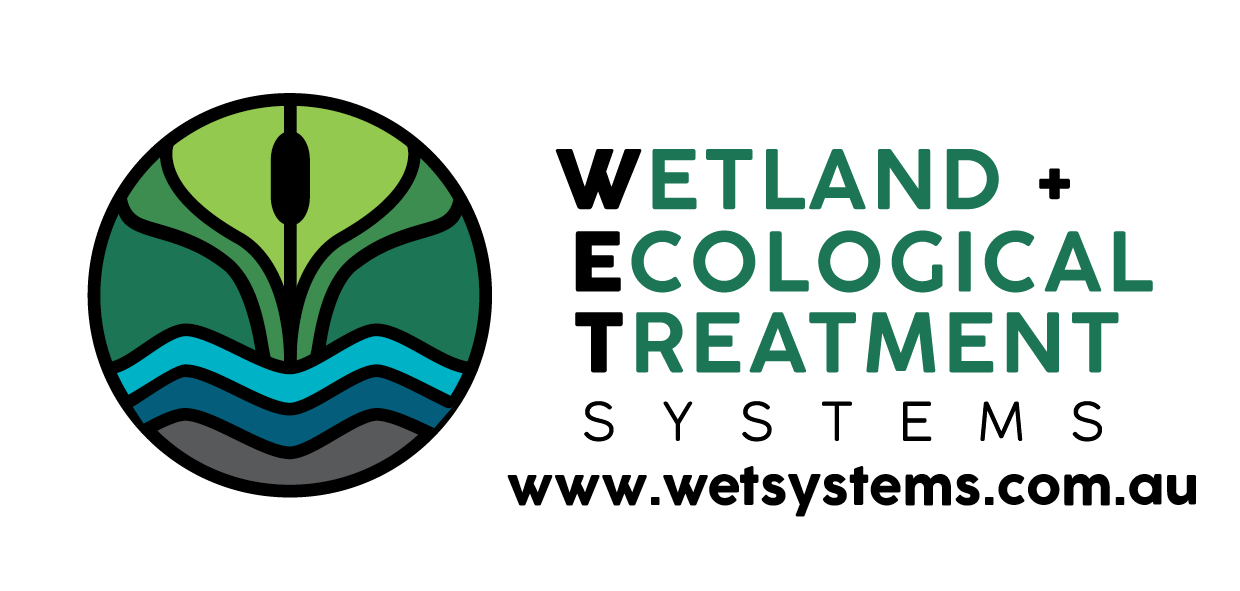The use of CWs for small-medium size settlements is set to increase sharply in the Mediterranean countries. The hybrid designs incorporating multiple stages of CWs is now becoming more common (Gomez et al., 2001; Peng et al., 2005; Brix et al., 2011; Ghrabi et al., 2011; Rivas et al., 2011; Vymazal et al, 2011; Jóźwiakowski K., 2009), due to the higher tolerance and efficiency of this kind of systems from one side and the often lower footprint in comparison to single stage ones when facing flow and loads variations, or even for giving chances of different effluents quality to be chosen on seasonal basis and depending on the relative final disposal. Furthermore, single typology CW systems have intrinsically specific limits in terms of processes which occur inside the reactors, like as the commonly scarce nitrification for the HF systems or the low denitrification rate for the VF unsaturated systems. The main concept of the multistage systems is the assignment of a specific role and process to each stage, in order to reach a final effluent with the highest and more appropriate quality.
The obtained results in Dicomano. by a 5 years monitoring programme, demonstrate that multistage CWs provide an excellent secondary treatment for wastewaters with variable operative conditions, reaching also an appropriate effluent quality for reuse. Dicomano CWs has shown good performances, in average 86% of removal for the Organic Load, 60% for Total Nitrogen (TN), 43% for Total Phosphorus (TP), 89% for Total Suspended Solids (TSS), 76% for Ammonium (NH4+). Even the disinfection process has performed in a very satisfactory way, reaching up to 4-5 logs of reduction of the inlet pathogens concentration, with an E. coli average concentration in the outlet often below 200 ufc/100ml.

